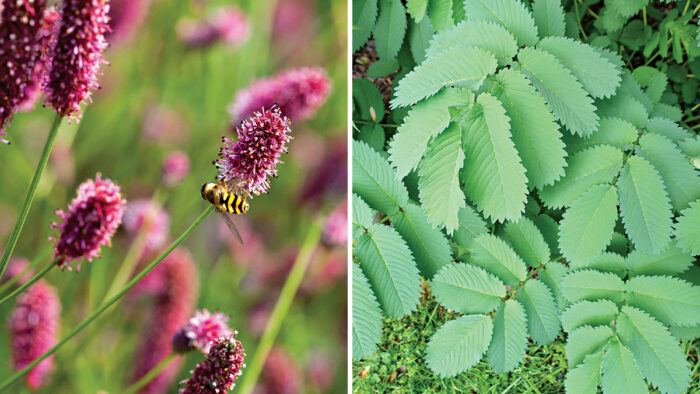
Burnets are easy to grow, have great textural foliage, stay mostly disease-free, and put on a supremely unique bloom show from summer into fall, when much of the garden looks fried. Here are a few other things to know about these interesting perennials.
Consistent moisture is key
Burnets do not like droughty or soggy soil, although drier sites with irrigation are fine.
They are best divided in spring or fall

These are rhizomatous herbaceous perennials that spread through an underground stem that often sends out roots and shoots from its nodes. It’s best to divide congested plants in spring or autumn to prevent larger clumps from getting center dieback.
Self-sowing is common
Burnets hybridize readily, leading to the possibility of unique seedlings; however, seed is abundantly produced and can self-sow vigorously. Deadheading curtails self-seeding and can enhance the late-season foliar display, since declining flowers—especially white ones—are not so pretty.
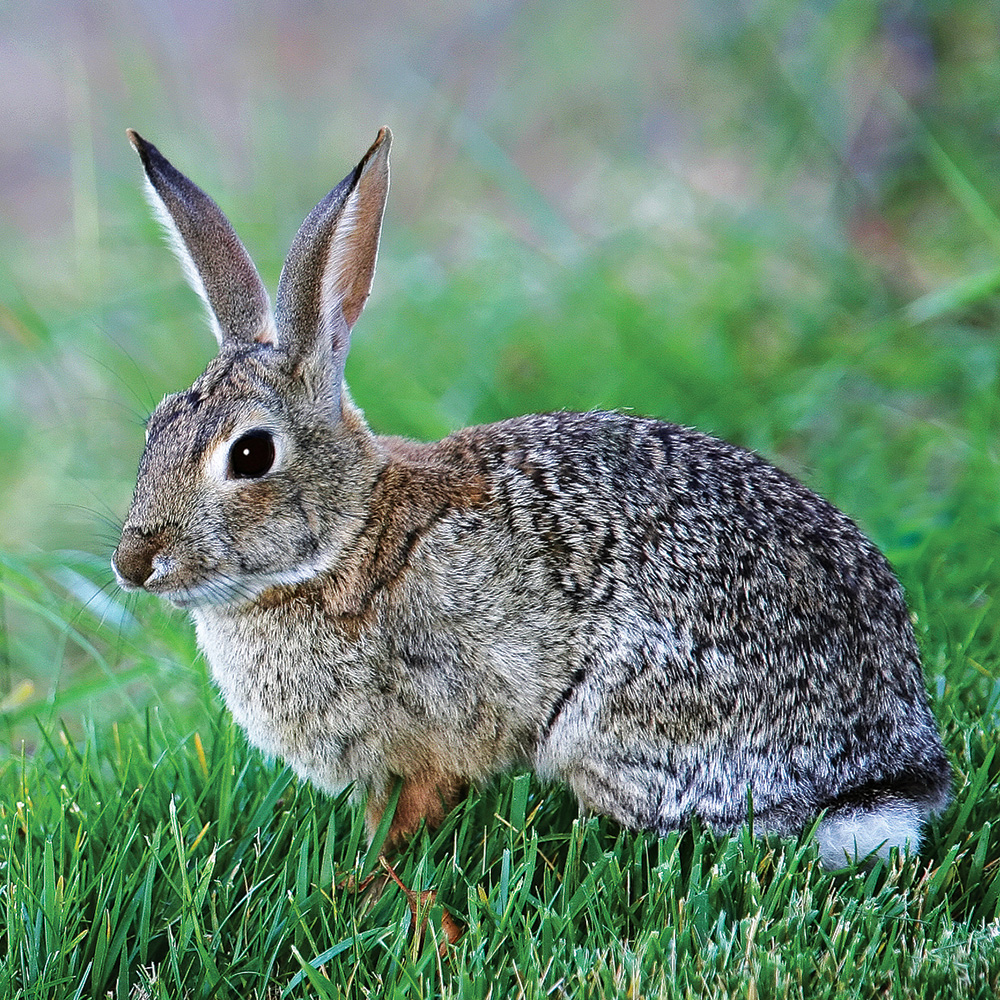
Certain pests can be pesky
I wish that I could say burnets are trouble-free (as some references do), but deer, rabbits, and Japanese beetles were all annoying nibblers. Damage from Japanese beetles was usually a minor cosmetic blip—their flagrant intimacy was far more disturbing—whereas deer and rabbits seriously affected habit quality and flower display by reducing or delaying bloom.
Their flowers are unique
Burnet blossoms are in fact an inflorescence—the many-flowered spikes may be fingerlike spires, arching bottlebrushes, or compact raspberry-like knobs. Instead of having true petals, each tiny flower has colorful sepals and few to many exserted stamens, which brings both color and texture to the show. Indeed, bosses of especially long and showy stamens are what make some burnets look so fluffy.

Foliar variation is a bonus
Flowers are certainly the main draw of burnets, but their pinnately dissected leaves—from delicate to boldly textured— are beautiful all on their own. Green, blue-green, and gray-green are common colors, while leaflets haloed in white or splashed and dotted with yellow are pleasing novelties. Distinctive sawtoothed margins heighten the textural treat. The number of leaflets vary by species—ranging from 7 to 20—but are always odd-numbered because the terminal leaflet is not paired like the rest.
Check out the top performers from the Chicago Botanic Garden burnets trial in Burnets Are Tough and Beautiful Plants.
And find some promising new comers in These New Burnets Deserve Your Attention.
Richard Hawke is plant evaluation manager at the Chicago Botanic Garden in Glencoe, Illinois.

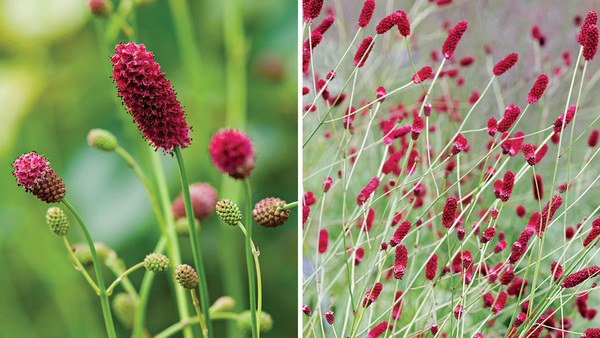

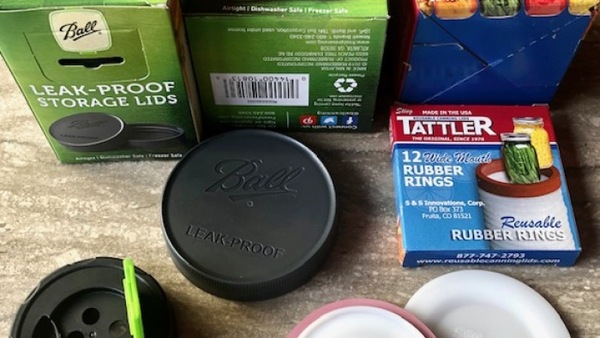
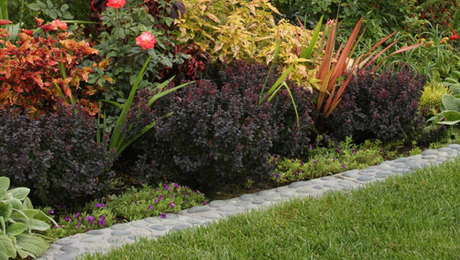












Comments
Log in or create an account to post a comment.
Sign up Log in